Discover the culinary treasure of Halong Bay – the Austriella Corrugata. This unique mollusk is not just a delicacy in the region’s vibrant seafood repertoire but also a symbol of its rich maritime heritage. In Ha Long, known for its breathtaking seascapes, the local cuisine is a kaleidoscope of traditional Vietnamese flavors and seafood wonders, with Austriella Corrugata standing out as a must-try specialty. This introduction beckons you to explore the fascinating culinary and cultural significance of this esteemed dish in the heart of Ha Long’s gastronomic landscape.
What is Austriella Corrugata?
Austriella Corrugata (Ngán), a species often overshadowed in the mainstream seafood conversation, is a type of marine mollusk cherished in Ha Long Bay’s cuisine. Characterized by its distinct shell and succulent meat, this shellfish resides in the unique ecosystem of Ha Long’s coastal waters. Its shell is marked with intricate patterns, making it not only a culinary delight but also a visually appealing find.
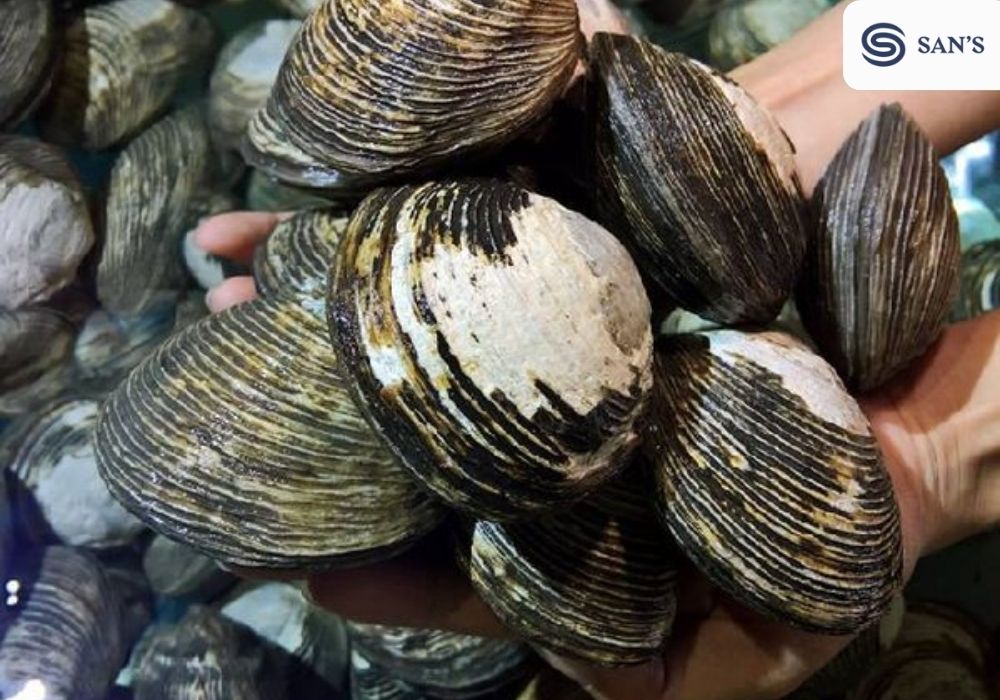
The habitat of Austriella Corrugata is primarily in the muddy and sandy bottoms of Ha Long’s shallow waters, where it plays a vital role in the marine food chain. As a benthic organism, it contributes to the ecological balance, serving as both a consumer of detritus and a source of nourishment for larger predators.
Historically, Austriella Corrugata has been a part of Ha Long’s cuisine for generations, embedded deeply in the region’s culinary tradition. Locally, it’s revered not just for its taste but also for its cultural significance. It has been a staple in the diet of coastal communities, symbolizing the harmony between the locals and their natural marine environment. Over the years, Austriella Corrugata has remained a cherished ingredient, maintaining its status as a symbol of Ha Long’s rich culinary heritage.
Culinary Importance in Ha Long
In the gastronomic tapestry of Ha Long, Austriella Corrugata holds a place of honor. This mollusk is not just a food item; it’s a culinary emblem deeply rooted in the region’s traditions and lifestyle. For the locals, it represents a connection to the sea, a testament to their heritage of relying on and respecting the ocean’s bounty.
Traditional Preparation and Cooking Methods
- The culinary journey of Austriella Corrugata typically begins with meticulous cleaning and shelling.
- Traditional cooking methods are simple yet elegant, designed to highlight the mollusk’s natural flavors. Steaming is a preferred method, often accompanied by local herbs and spices that complement its delicate taste.
- In some classic recipes, the mollusk is gently sautéed with garlic, chilies, and lemongrass, or used as a key ingredient in savory soups and stews, enriching them with its unique marine flavor.
Cultural Anecdotes and Stories
- Austriella Corrugata is intertwined with numerous local legends and tales, often depicting it as a symbol of prosperity and health.
- Festivals and celebrations in Ha Long are incomplete without this dish, as it’s believed to bring good luck and is a favorite during Lunar New Year festivities.
- There are stories passed down through generations of fishermen in Ha Long, where the Austriella Corrugata is often at the center, symbolizing the hardworking spirit and resilience of the coastal communities.
This mollusk is more than just sustenance; it’s a cultural artifact, embodying the spirit of Ha Long and its people. In every preparation and recipe, there lies a story, a piece of history, making Austriella Corrugata not just a dish to be savored, but an experience to be cherished.
Nutritional Value
Austriella Corrugata, as a marine mollusk, is not only a culinary delight but also a nutritious choice, making it a valuable addition to a healthy diet.
Nutritional Content Analysis
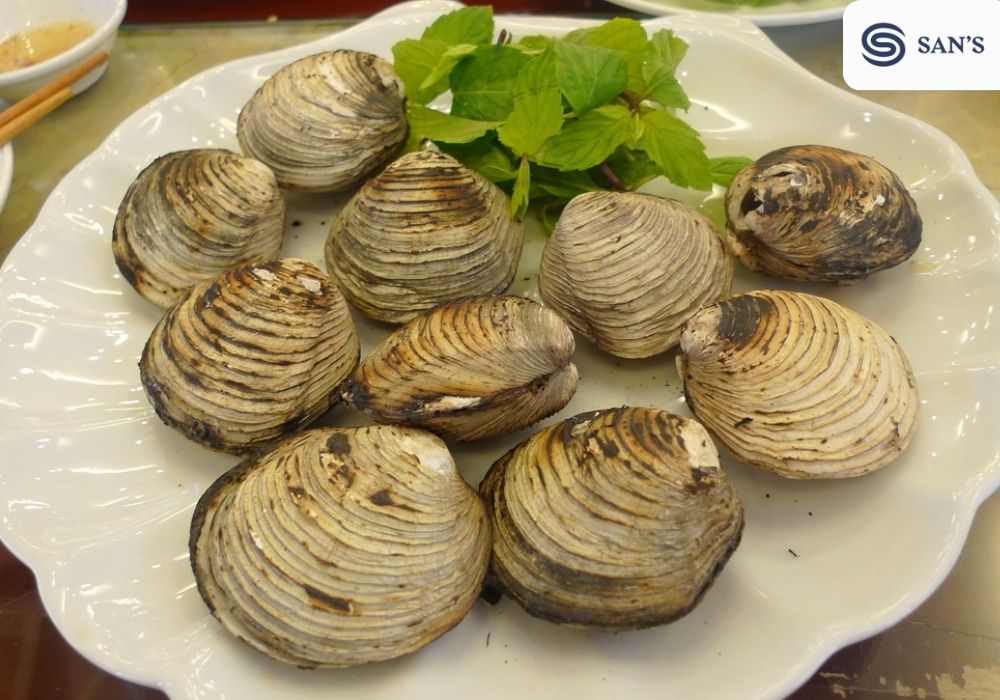
- Protein: Austriella Corrugata is an excellent source of high-quality protein, essential for muscle building and repair.
- Low in Fat: Generally low in fat, making it a heart-healthy seafood option.
- Rich in Minerals: It is a good source of essential minerals such as zinc, iron, and selenium. Zinc boosts immunity and aids in wound healing, iron is crucial for blood health, and selenium acts as a powerful antioxidant.
- Vitamins: Contains vitamins like B12, vital for nerve health and the production of DNA.
Health Benefits
- The protein and low-fat content make Austriella Corrugata beneficial for weight management and cardiovascular health.
- The presence of omega-3 fatty acids contributes to improved brain health and reduced inflammation.
- Regular consumption can contribute to a balanced diet, providing essential nutrients while being low in calories.
Dietary Considerations and Potential Allergens
- As with any shellfish, Austriella Corrugata can be a potential allergen for some individuals, particularly those with allergies to seafood.
- It’s always recommended to consume shellfish, including Austriella Corrugata, in moderation as part of a varied diet.
- Ensuring freshness is crucial, as spoiled shellfish can lead to foodborne illnesses. Always source from reputable suppliers to ensure quality and safety.
In summary, Austriella Corrugata offers significant nutritional benefits, making it a desirable seafood choice for both its flavor and health advantages. However, awareness of potential allergens and dietary considerations is essential for safe and enjoyable consumption.
>>> You may like: Sipunculus Nudus: Discovering Ha Long’s Exquisite Delicacy
Harvesting and Sustainability
The harvesting of Austriella Corrugata in Ha Long is a practice deeply intertwined with the principles of sustainability and environmental stewardship. As global awareness of marine conservation grows, the methods of harvesting this valued mollusk have adapted to ensure its longevity and minimal impact on the ecosystem.
Sustainable Harvesting Practices
- Regulated Harvesting: The local authorities and environmental organizations have implemented regulations to control the harvesting seasons and limits, ensuring that the Austriella Corrugata populations are not over-exploited.
- Selective Harvesting: Fishermen are encouraged to use techniques that avoid bycatch and minimize habitat destruction, focusing on mature specimens and leaving younger ones to sustain the population.
- Community Involvement: Local communities are involved in monitoring and managing the harvesting practices, often through cooperative initiatives that promote sustainable livelihoods while protecting the marine environment.
Environmental Impact and Conservation Efforts
- Ecosystem Balance: Austriella Corrugata plays a crucial role in the marine food chain. Sustainable harvesting helps maintain the ecological balance, ensuring that other species in the ecosystem are not adversely affected.
- Habitat Protection: Efforts are made to protect the habitats essential for the reproduction and growth of Austriella Corrugata, like seagrass beds and mudflats.
- Research and Monitoring: Ongoing research and monitoring are conducted to understand the population dynamics of Austriella Corrugata and the overall health of the marine ecosystem in Ha Long Bay.
Role of Local Communities
- Custodians of Tradition: Local communities, with generations of experience, play a pivotal role in preserving the traditional methods of harvesting while integrating sustainable practices.
- Education and Awareness: There is a growing emphasis on educating the local population, including fishermen, about the importance of sustainability, equipping them with the knowledge and skills to harvest responsibly.
- Economic Incentives: By promoting sustainable harvesting, local communities can continue to rely on Austriella Corrugata as a source of income without depleting this valuable resource.
In conclusion, the sustainable harvesting of Austriella Corrugata in Ha Long is a collaborative effort, involving regulation, community participation, and a commitment to environmental preservation. This approach not only ensures the availability of this delicacy for future generations but also upholds the ecological integrity of Ha Long Bay.
Traditional Recipes and Cooking Methods
The culinary tradition of Ha Long Bay offers a variety of ways to prepare and savor Austriella Corrugata, each recipe carrying the essence of generations and the taste of the sea.
Traditional Recipes Featuring Austriella Corrugata
- Steamed Austriella Corrugata: A classic method where the mollusks are steamed with aromatic herbs like lemongrass and ginger. This method highlights the natural sweetness and tender texture of the meat.
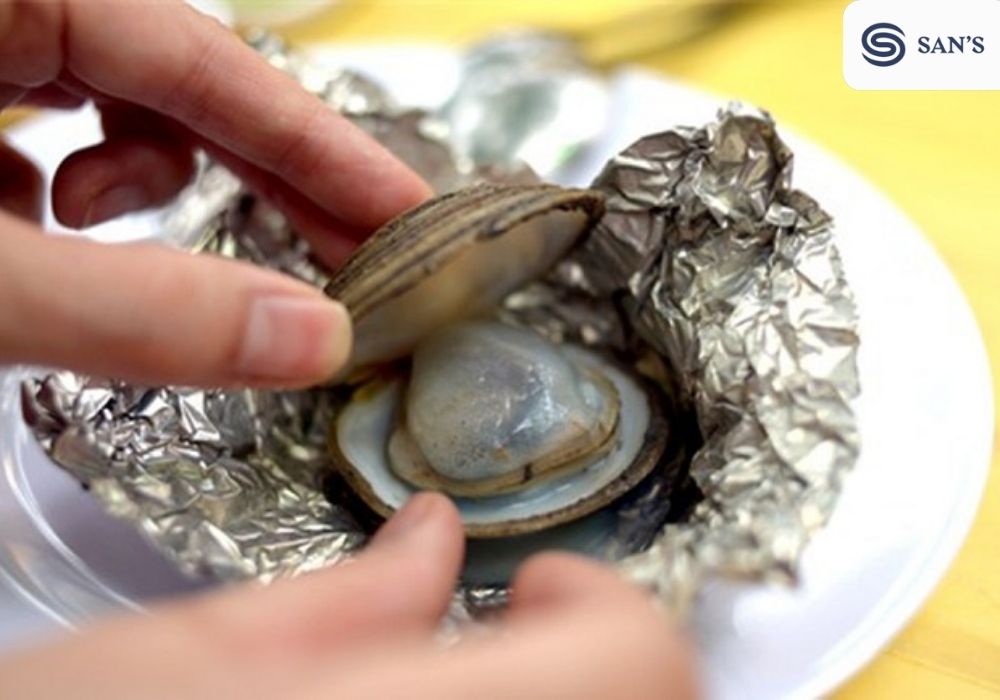
- Austriella Corrugata Soup: Often prepared as a nourishing broth, this soup combines the mollusks with local vegetables and spices, simmered to perfection, offering a comforting and flavorful experience.
- Grilled Austriella Corrugata: Grilling over charcoal imparts a smoky flavor to the meat. It’s commonly marinated with a blend of traditional spices, including garlic, chili, and lime, for an extra zing.
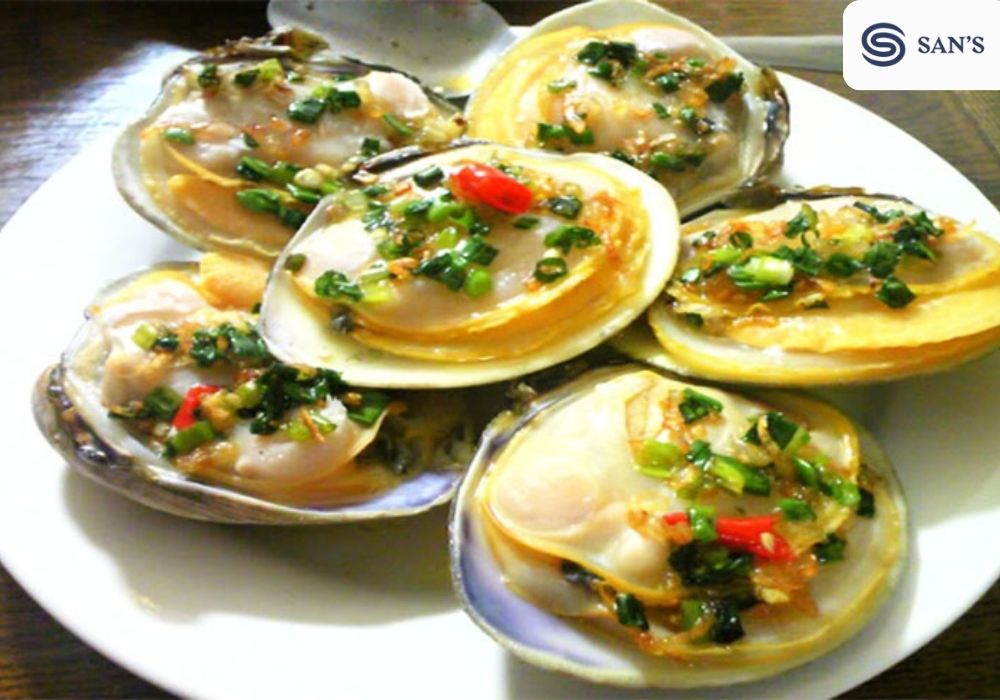
Cooking Techniques Passed Down Through Generations
- The key to these traditional dishes lies in the simplicity of the techniques, allowing the natural flavors of the Austriella Corrugata to shine through.
- Slow cooking methods are often favored, ensuring that the delicate texture of the mollusk is preserved while infusing it with the flavors of the accompanying ingredients.
- The knowledge of when and how to harvest, prepare, and cook these mollusks has been passed down through generations, reflecting a deep understanding and respect for this local ingredient.
The Sensory Experience
- Tasting Austriella Corrugata is a journey for the senses. The texture is often described as tender yet firm, offering a satisfying chewiness.
- Flavor-wise, it carries the essence of the sea – a blend of saltiness and umami, with a subtle sweetness that is enhanced by traditional seasoning.
- The aroma, especially when steamed or grilled with herbs and spices, is enticing, drawing one into the depths of Ha Long’s culinary heritage.
These traditional recipes and methods offer more than just a taste of Austriella Corrugata; they are a gateway to experiencing the rich history and culture of Ha Long Bay, one bite at a time.
>>> Read more: Halong Bay Food: 11 Must-Try Local Delicacies
Dining Guide for Tourists
Ha Long Bay, a culinary hotspot, offers a plethora of dining experiences, especially when it comes to savoring the unique Austriella Corrugata. For tourists eager to taste this local delicacy, knowing where to go and how to enjoy it can significantly enhance the dining experience.
Best Places to Experience Austriella Corrugata Dishes
- Local Seafood Markets: For an authentic and fresh experience, visit the seafood markets in Ha Long, where you can find Austriella Corrugata prepared daily. The Ha Long Night Market and Cai Dam Market are popular choices.
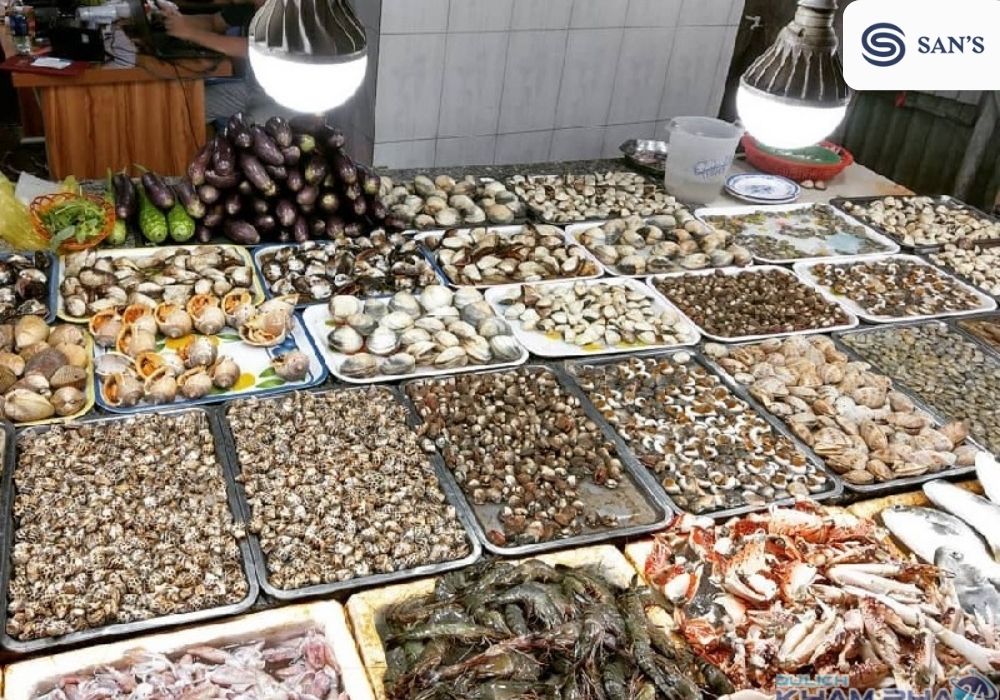
- Traditional Restaurants: Opt for restaurants that specialize in local Vietnamese cuisine, as they are likely to serve traditional Austriella Corrugata dishes. Look for establishments in the Bai Chay or Tuan Chau areas.
- Floating Restaurants: Unique to Ha Long Bay, these restaurants offer a memorable dining experience with scenic views, serving seafood caught directly from the bay.
Tips for Tourists
- Ordering: Don’t hesitate to ask for the restaurant’s recommended Austriella Corrugata preparation. This could be a great way to try the most authentic and popular local dish.
- Enjoying the Dish: Take your time to savor the unique flavors and textures. Austriella Corrugata is known for its distinctive taste, which is best enjoyed when eaten slowly.
- Understanding the Dish: Be open to the experience. Austriella Corrugata may be different from any seafood you’ve tried before, both in flavor and texture.
Pairing Suggestions with Local Beverages
- Bia Hoi: This local draft beer is light and refreshing, making it a great accompaniment to the rich flavors of Austriella Corrugata.
- Vietnamese Rice Wine: For a more traditional pairing, try a local rice wine. Its strong flavor can be a good match for the robust taste of the mollusk.
- Tea: For a non-alcoholic option, green tea or iced tea can provide a refreshing balance to the meal.
Exploring Ha Long’s culinary scene and enjoying Austriella Corrugata is a must-do for any food enthusiast visiting the area. With the right guidance and an adventurous palate, this experience can become a highlight of your trip to Ha Long Bay.
For tourists and food enthusiasts, the invitation to explore and savor Austriella Corrugata is an opportunity to immerse oneself in the essence of Ha Long’s culinary landscape. It’s a chance to partake in a centuries-old tradition, to taste a dish that has been nurtured by the hands of generations, and to contribute to the preservation of this unique culinary heritage. As you embark on your journey through Ha Long, let the Austriella Corrugata be a memorable part of your gastronomic adventure, a dish that captures the spirit and flavors of this extraordinary region.
>>> Book a Halong Bay tour at San Travel to receive many attractive incentives!


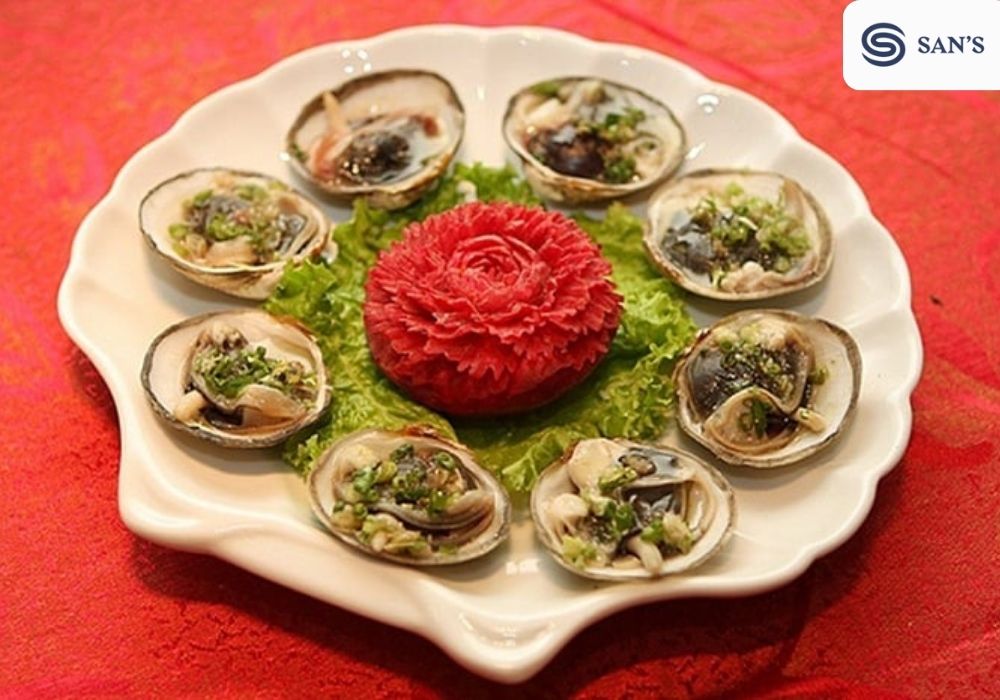
Comment (0)